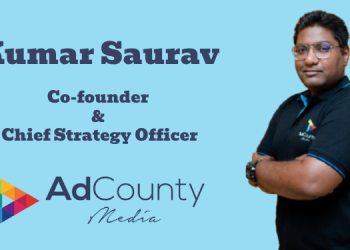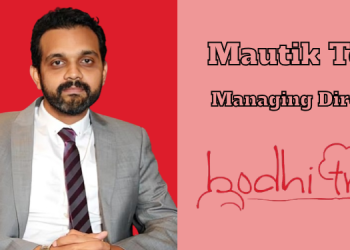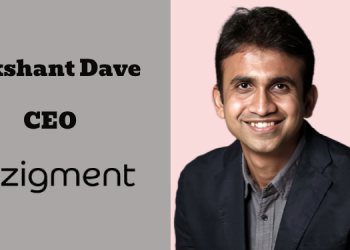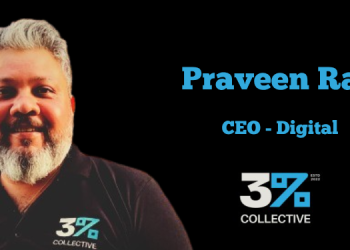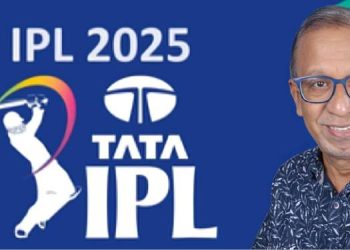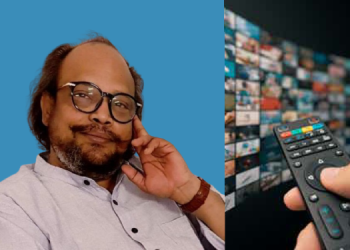Paid advertising can be a powerful growth driver, but putting all your eggs in one basket is risky. Many brands invest heavily in paid ads, assuming that as long as returns justify the spend, they can keep scaling indefinitely. However, what happens when budgets shrink? What if platform costs rise, or ad performance dips?
This is where true marketing resilience comes into play.
In the long run, a business that thrives is not one that relies solely on ad spend but builds a sustainable marketing engine—one that continues to function effectively even when ad budgets are reduced.
“We see so many businesses pour all their resources into paid campaigns, only to struggle when they suddenly have to cut back. Organic marketing isn’t an afterthought—it should be a fundamental part of your strategy.”
The key to building a marketing engine that lasts is diversification—blending paid and organic strategies to ensure steady, long-term growth. Relying solely on paid advertising creates a vulnerability: if your business heavily depends on ads, any budget cuts can bring growth to a screeching halt. On the other hand, a resilient brand has multiple channels working in tandem.
Why Channel Diversification Matters
A strong marketing strategy doesn’t depend on a single source of leads or conversions. Instead, it creates a dynamic ecosystem where different marketing efforts complement each other. Organic marketing efforts—like SEO, content marketing, email marketing, and community engagement—provide stability when paid campaigns slow down. These channels take time to build but offer compounding returns. Unlike ads, where you pay for every interaction, organic efforts continue to drive traffic long after the initial investment.
“A lot of brands treat paid marketing like a faucet—you turn it on, and leads start flowing. But what if the water pressure drops? A well-built organic strategy acts like a reservoir, ensuring you’re never completely dependent on paid efforts.”
By focusing on organic growth alongside paid efforts, brands create a safety net that allows them to weather economic downturns, ad platform algorithm changes, and fluctuating ad costs.
The Balance Between Paid & Organic
One of the guiding principles at Voynic Media is honesty, which means we don’t just push bigger ad budgets for short-term gains. Instead, we help brands make data-driven, sustainable decisions that work in their best interest. We often guide clients to balance their marketing mix to reduce risk and maximize long-term returns.
A strong strategy involves three key elements:
- Owned Channels – Your website, blog, email list, and even your product experience itself. These channels give you full control over messaging and audience engagement. They also act as the foundation of your marketing strategy, ensuring that visitors from both paid and organic sources land in an ecosystem that nurtures them into loyal customers.
- Earned Channels – Organic search (SEO), PR, influencer collaborations, and community-driven efforts. These channels require effort and time but provide sustainable visibility and credibility. A well-optimized website, strong content, and a presence in relevant online communities can generate a continuous stream of high-quality leads without requiring ad spend.
- Paid Channels – Paid social, search ads, and programmatic campaigns can drive quick wins but should complement—not replace—other efforts. When used strategically, paid ads should amplify existing organic efforts, not act as a crutch for lead generation.
Practical Steps to Reduce Ad Dependency
To build a self-sustaining marketing engine, brands should gradually shift focus toward organic strategies. Here’s how:
- Invest in SEO & Content Marketing – Organic search traffic is one of the most valuable assets a brand can build. High-quality content improves visibility and trust over time. A well-researched blog post or an in-depth guide can continue to generate traffic and leads for years, unlike ads that stop delivering the moment the budget runs out.
- Leverage Community & Social Engagement – A strong social media presence (beyond paid campaigns) fosters brand loyalty and advocacy. Engaging with your audience through valuable content, discussions, and user-generated content can turn followers into long-term customers.
- Optimize for Retention & Referrals – Happy customers are your best marketing channel. Encouraging referrals, testimonials, and repeat business reduces the need for constant acquisition efforts. A brand with a strong word-of-mouth reputation can survive even with minimal ad spend.
- Analyze & Reallocate Budget Wisely – Instead of cutting ads abruptly, gradually shift spend into organic initiatives that build long-term equity. Consider reinvesting part of your ad budget into high-quality content, SEO, and community-building efforts.
- Develop a Robust Email Strategy – Email marketing remains one of the most effective channels for nurturing leads and retaining customers. Unlike social media platforms, where algorithms dictate reach, your email list is an asset you own. Regular, valuable communication with your audience ensures they stay engaged without relying on paid promotions.
The Takeaway: Future-Proof Your Marketing
Marketing resilience isn’t about eliminating paid ads—it’s about ensuring that your brand can thrive even when ad budgets fluctuate. The strongest businesses build a diversified approach, combining the quick impact of paid with the lasting benefits of organic growth.
A brand that invests in organic marketing alongside paid strategies doesn’t just survive—it thrives. By creating valuable content, optimizing for organic reach, and nurturing relationships with customers, brands build a strong foundation that supports them in good times and bad.
“If you want to future-proof your business, think beyond just the next quarter. A balanced strategy today will keep you from scrambling tomorrow.”
At the end of the day, the question isn’t whether paid advertising works—it does. The real question is whether your business can afford to be entirely dependent on it. The answer? It shouldn’t be.
By proactively building a marketing engine that integrates organic strategies, brands can create a lasting impact that goes beyond ad spend. This not only strengthens brand equity but also ensures long-term sustainability, regardless of budget shifts or market fluctuations.


